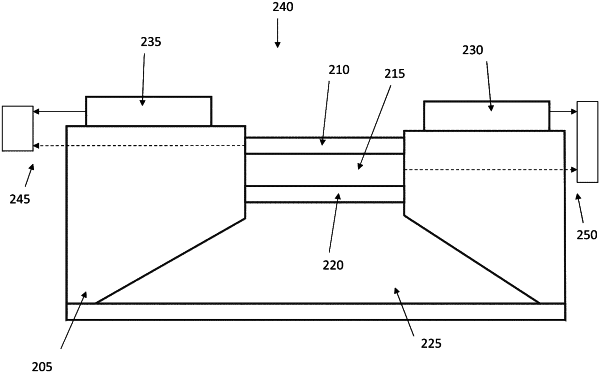| CPC A61K 9/0009 (2013.01) [A61B 5/14532 (2013.01); A61B 5/4839 (2013.01); A61B 5/686 (2013.01); A61J 1/1412 (2013.01); A61J 1/1468 (2015.05); A61K 9/0024 (2013.01); A61K 9/0097 (2013.01)] | 15 Claims |

|
1. A device, comprising:
a container having an opening;
a plurality of barriers closing the opening; and
a chemical compound or biological material within the container,
wherein:
the device is configured to be implantable within a human body or other organism,
the plurality of barriers is configured to electrochemically or electrothermally unseal, upon application of an electric potential or current to at least one barrier of the plurality of barriers, thereby allowing interaction between the chemical compound or biological material and the human body or other organism,
the plurality of barriers comprises:
a first barrier,
a second barrier having a greater mechanical stability than the first barrier and placed between the first barrier and the chemical compound or biological material, the second barrier being configured to electrochemically or mechanically unseal upon contact with the chemical compound, and
a third barrier placed between the second barrier and the chemical compound or biological material, the third barrier being not reactive to the chemical compound or biological material and being configured to electrochemically or electrothermally unseal when a current is applied to the third barrier, and
the first barrier is not reactive to the human body or other organism and is configured to mechanically break when the second barrier is electrochemically unsealed.
|